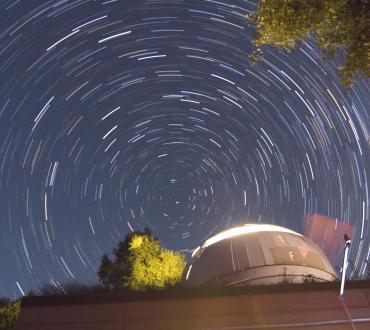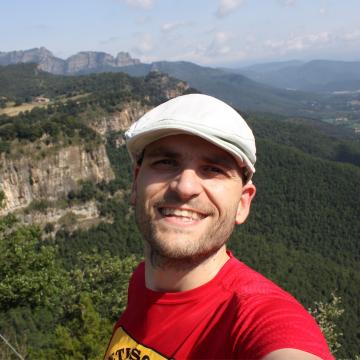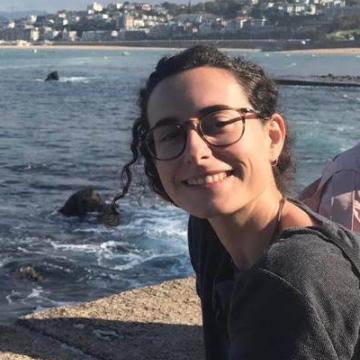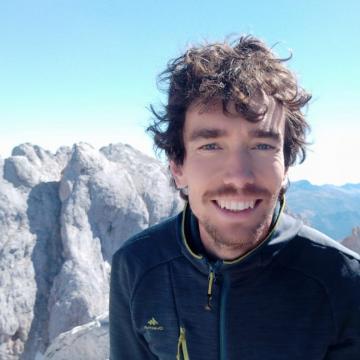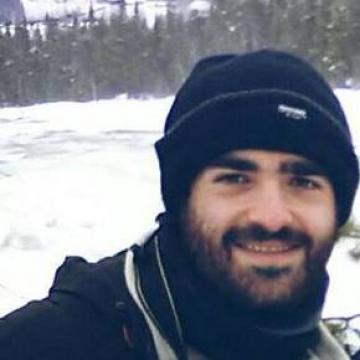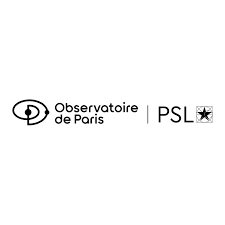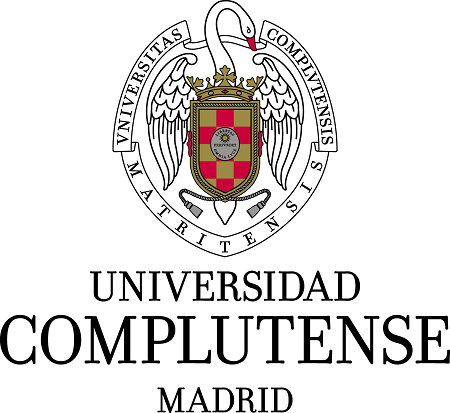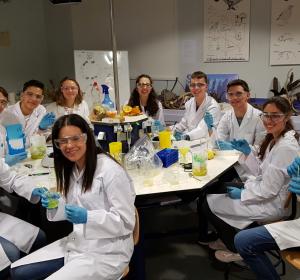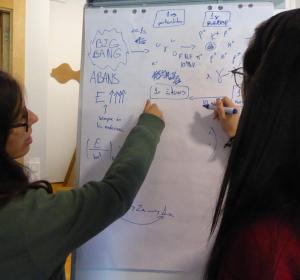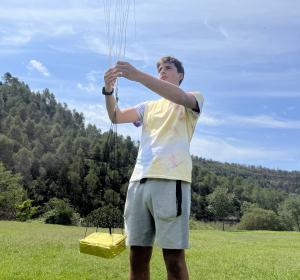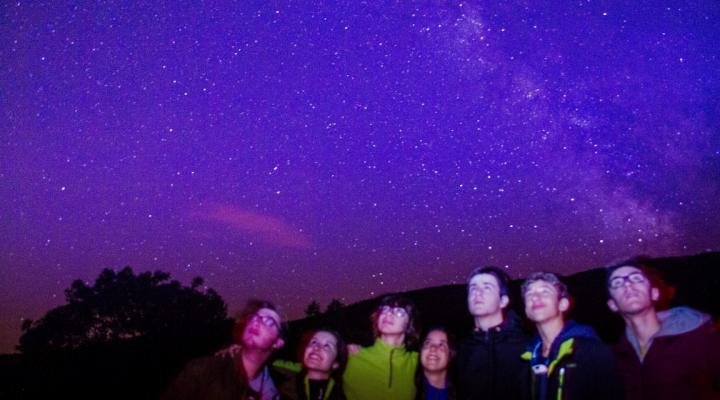
Windows in the sky: theory, observations and simulations to understand the Universe
Basic information
What are stars and how do they form? Why do they cluster into galaxies and clusters? How many stars have planets orbiting them? In this project we propose you to study a group of stars that we can observe from MónNatura Pirineus, the globular cluster M13. This study will allow you to review a good part of the concepts used in astronomy research and relate them to the objects and phenomena that we will observe planets and asteroids, variable stars, clusters, galaxies and other more exotic objects! The observations will be accompanied by theoretical discussions and simulations to understand the physical mechanisms related to each of the objects.
What will you learn?
What are stars? How do they form and why do they cluster into galaxies and clusters? Is there life on other planets? In this courseyou will answer these and many other questions that will allow us to advance in the resolution of two of the oldest questions of humanity: where we come from and where we are going.
To work, you will follow the method of project work. You will focus on the observation and characterization of a very interesting and spectacular astronomical object, the globular cluster M13. The process of photographing, analyzing and understanding how it has been formed will allow us to deal didactically with a large part of the astrophysical processes that are currently being investigated. It will be particularly interesting to study its formation and origin since there is currently no agreement within the international astrophysics community to explain it.
The learning process will begin with a brief introduction to position astronomy that we will make in the planetarium room of the center where, among others, we will show where the M13 globular cluster is located. We will also ask the questions that will serve as the guiding thread of the course: what it is and how it has been M13 formed?
The next step within the course will be to obtain photographs of the cluster. We will do this the first night, if the weather allows it. Doing this will require you to learn how telescopes, software and light-gathering instruments work. This is one of the objectives of our project, that you enjoy astronomical observation, and learn in the privileged sky of MónNatura. In addition, we will also take the opportunity to show how the center's portable telescopes work, very interesting instruments for disseminating science. Its operation is very similar to that of the telescope of the dome, so it will also serve so that we can all practice.
Once we have obtained an image of M13 we encourage you to ask questions about its nature and formation, so you will propose hypotheses that you will verify through the scientific method and the tools we have. To answer your questions every afternoon we will schedule the theoretical classes of the next day, these will cover much of the central topics of astronomy today. We will also schedule day and night practice sessions: building a particle detector, calculating distances, numerical simulations, observations, and analysis of astronomical objects using the telescope, the CCD camera and also the spectrograph.
You will have the opportunity to show everything you have learned to your colleagues from the other projects through an outreach session ("star party") and a multidisciplinary astrobiology project.
In short, from the deep study of M13, you will learn to use a telescope and plan a night of observation, you will understand much of the physics behind the most spectacular astrophysical phenomena, you will know how to program numerical simulations, and you will become the envy of your companions taking some beautiful night photographs.
What are the participants telling about the project?
Research team
Project led by researchers from Observatoire de Paris (France), University of Lund (Sweden), Universitat de Barcelona and Universitat Politècnica de Catalunya (Spain).
